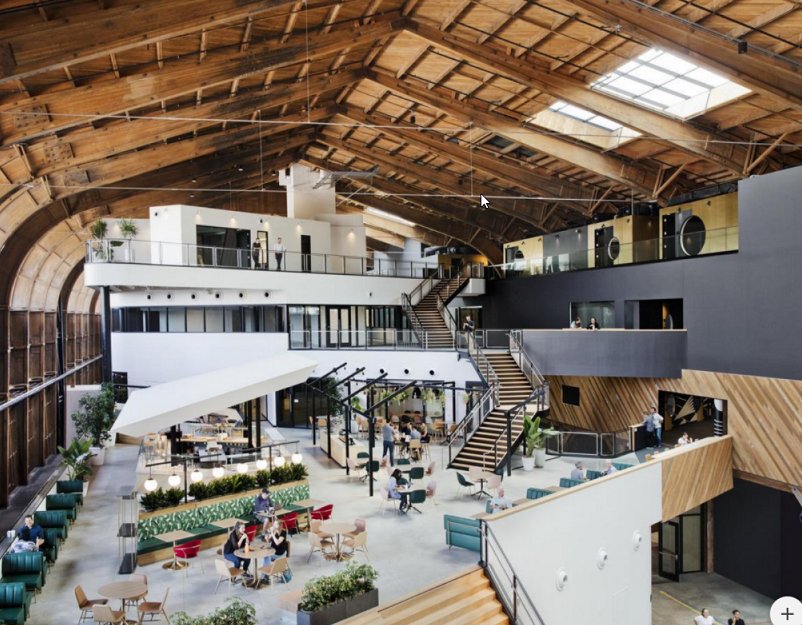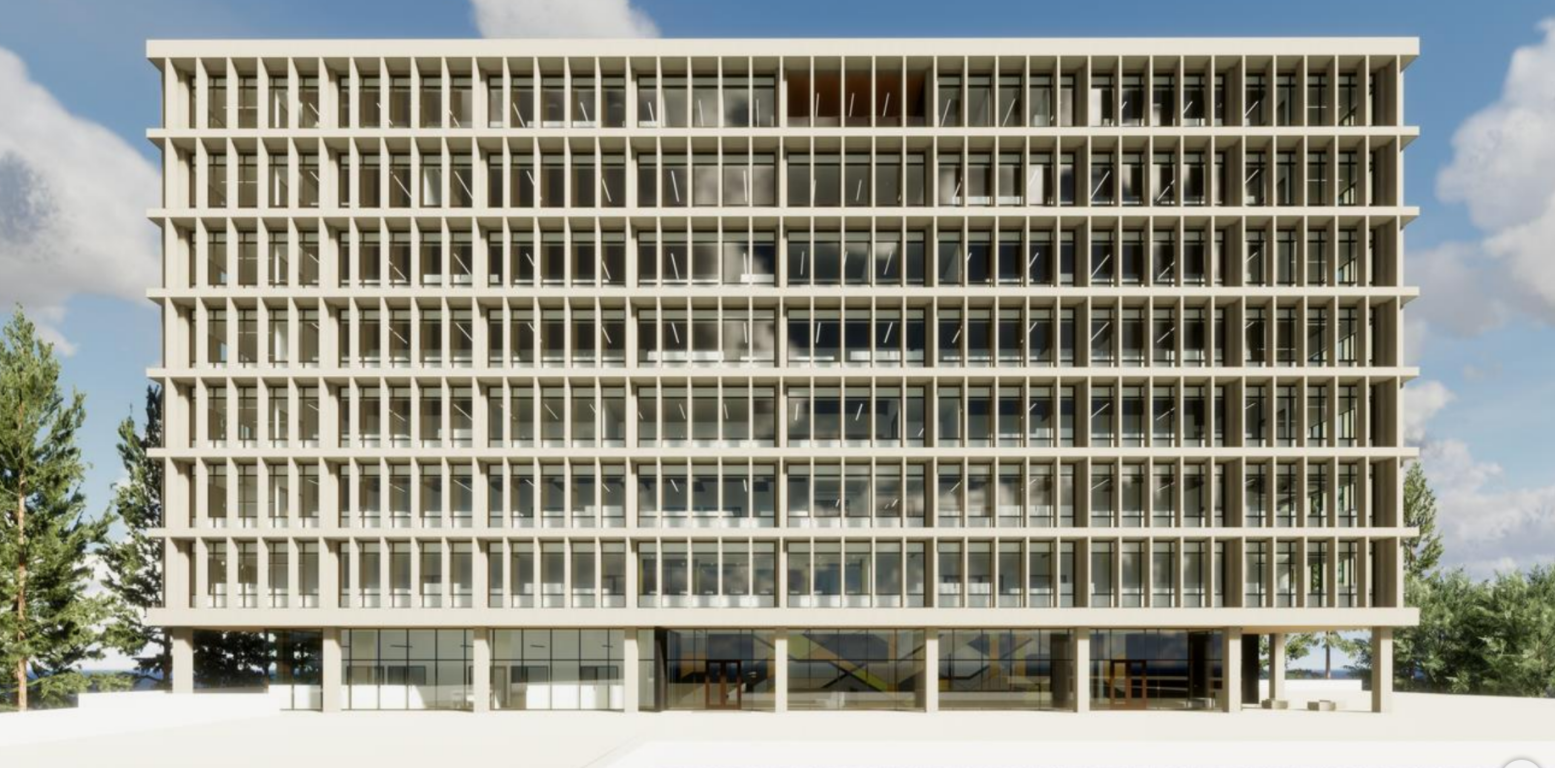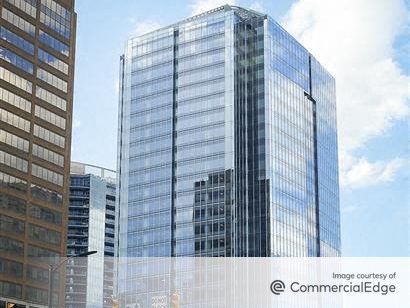Exploring the Power of Adaptive Reuse
Greenbuild panelists share insights on the challenges and rewards of creatively repurposing older buildings.

The historic Spruce Goose Hangar in Los Angeles was preserved and reimagined as an office campus for Google. Image courtesy of ZGF Architects
Ground-up construction is frequently regarded as the best channel for incorporating energy efficiency and other green measures, yet some of the most effective sustainable projects are reinventions of existing properties. The challenges and rewards of adaptive reuse were underscored last week at the U.S. Green Building Council’s Greenbuild conference.
READ ALSO: Debunking Myths About Sustainable Sites, Climate Adaptation at Greenbuild
“It’s the existing building stock where we really have the opportunity to move the dial,” said Ted Hyman, managing partner at ZGF Architects. He cited the example of the UCLA Center for Health Sciences in Los Angeles. Built in the 1960s, the complex was replaced in the 1990s by a new hospital across the street. Instead of being demolished, the facility was repurposed for research and now offers some of the most coveted lab space on campus.

On California State University’s Los Angeles campus, a vacant 60-year-old science building was transformed into the school’s new administration and student services building at a fraction of the cost of a new ground-up project. Image courtesy of ZGF Architects
A similar situation arose with a long-vacant science building on California State University’s Los Angeles campus. The project team persuaded university officials to invest in transforming the building into the campus’ new administration and student services building.
A key selling point was that the upgrade would allow the university to avoid spending $40 million to $50 million for a new building. Energy efficiency improvements transformed the aging building into the most sustainable on the campus. By reusing the existing building, the renovation will reduce the property’s carbon footprint by 48 percent over a 20-year period.
ZGF reimagined the aging structure as a series of three separate sections Hyman described as ecosystems. A variety of student facilities are located on four lower floors; the middle three floors provide offices for the school’s administration; and the top floor was reconfigured as executive offices. A needed seismic upgrade was facilitated by cutting large holes into the structure, which reduced the building’s loads and limited the scope of the upgrade.
The California State University project demonstrates that “architects design best when presented with constraints,” said Emilie Hagen, an associate director at Atelier Ten, an environmental engineering and design firm. In this case, the building’s existing shell presented the kind of constraint “that leads to really create solutions.” She noted that in the competition for students, colleges sometimes find it easier to secure funding for a brand-new building than for an adaptive reuse project.
Also cited was the renovation of the historic Spruce Goose Hangar, the 77-year-old building in Los Angeles’ Playa Vista section that once housed a timber aircraft built by Howard Hughes during World War II. Inside the 750-foot long structure, ZGF designed a new four-story, 450,000-square-foot building that incorporates office space, meeting rooms, food service and employee amenities, according to ZGFs website. Its design features multiple levels, boardwalks and connecting ramps.
Adding skylights on the roof technically disrupted the building’s historic fabric, but contributed to making the old hangar an attractive place to work. “There’s something about these historic buildings that’s really fantastic, and we should fight not to tear them down,” Hyman said.
The speakers also touched on the challenges of making the case for investing in energy upgrades. One issue is that many candidates for upgrades date from the 1950s and 1960s, an era when energy was cheap and energy efficiency was a low priority. Hyman mentioned two incentives for developers to invest in energy upgrades: Tax credits and raising floor-area ratios. “We have to convince people that there is a business reason for doing it,” he said.
Adaptive reuse of a building “just requires being a little brave,” Hyman concluded. “It’s better than getting a greenfield site and putting a building on it. That’s easy.”







You must be logged in to post a comment.